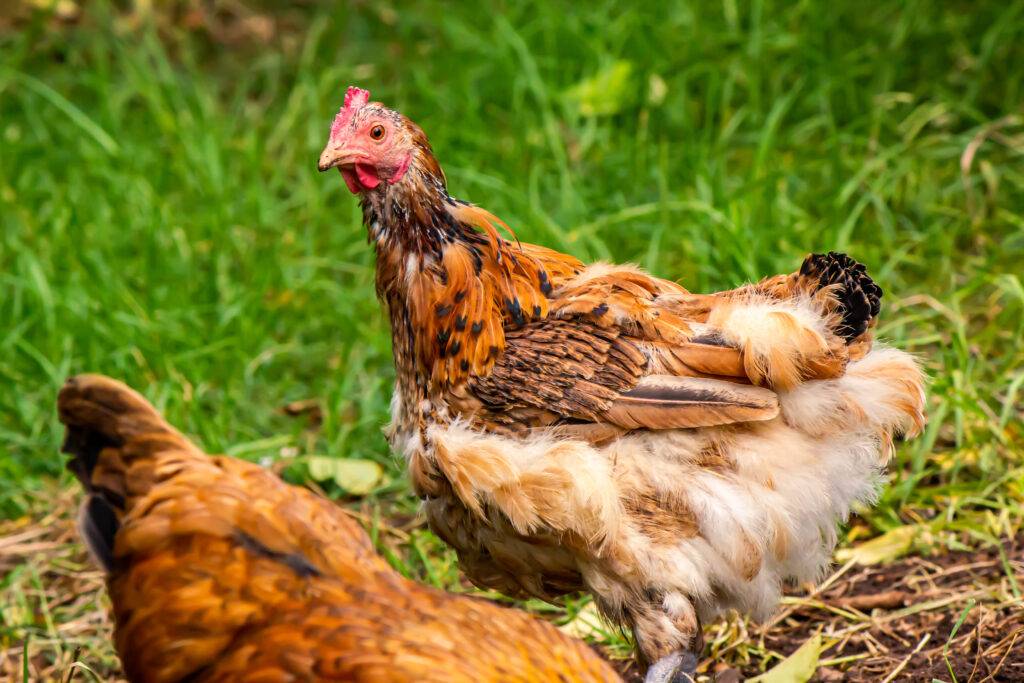Autumn signals the beginning of the peak moulting season for chickens, as they start losing their feathers and “go off the lay” according to Chicken Coach Elise McNamara (pictured, main).
Why are your chickens losing feathers?
“They’ll shed every feather from head to tail to regrow feathers for winter,” says Ms McNamara, a chicken consultant from regional Winchelsea in Victoria’s south-east.
“They’ll also go off the lay to rest their reproductive tract and restore nutrients.”
Interestingly, chickens lose and replace their feathers in a particular order. It starts with the head, neck, body, back, breast, stern, thighs, wings (signalling to the hen to cease laying) and tail feathers last.
It can take between two to six weeks for a bird to lose and fully replace all her feathers and egg laying can be off the table for anywhere between two to six months.
“The best layers will moult last, because they have a longer window of egg lay,” Ms McNamara explains.
“They’ll typically moult quickly and replenish their feathers quickly.”
Don’t worry about chickens looking dishevelled
While they are moulting, your birds may look a bit dishevelled, what with the feather loss and combs that err on the scaley side. But it’s all perfectly normal.
Be warned though, your girls may also be a little out of sorts.
“You may notice your moulting birds’ behaviour change,” says Ms McNamara.
“Mine have been putting themselves to bed extra early and are not their usual bossy and sassy selves. It’s believed they may feel unbalanced when their tail feathers fall out and can feel frightened and insecure.”
What should you feed moutling chickens?
During the moulting season, amino acids are particularly important in a chicken’s diet. Ms McNamara advises chook owners to ensure they have a high-quality feed which includes a minimum of 16 per cent protein, seaweed meal and shell grit.
They could look at supplements that will also help to restore the bird’s full egg laying capacity or try yummy chicken treats such as mealworms or sardines.
Rest assured, after your ladies have had a bit of R and R, they’ll be back to service as usual.
Ms McNamara says it’s an old breeder saying that eggs laid after a moult tend to be bigger, making them great to hatch.











